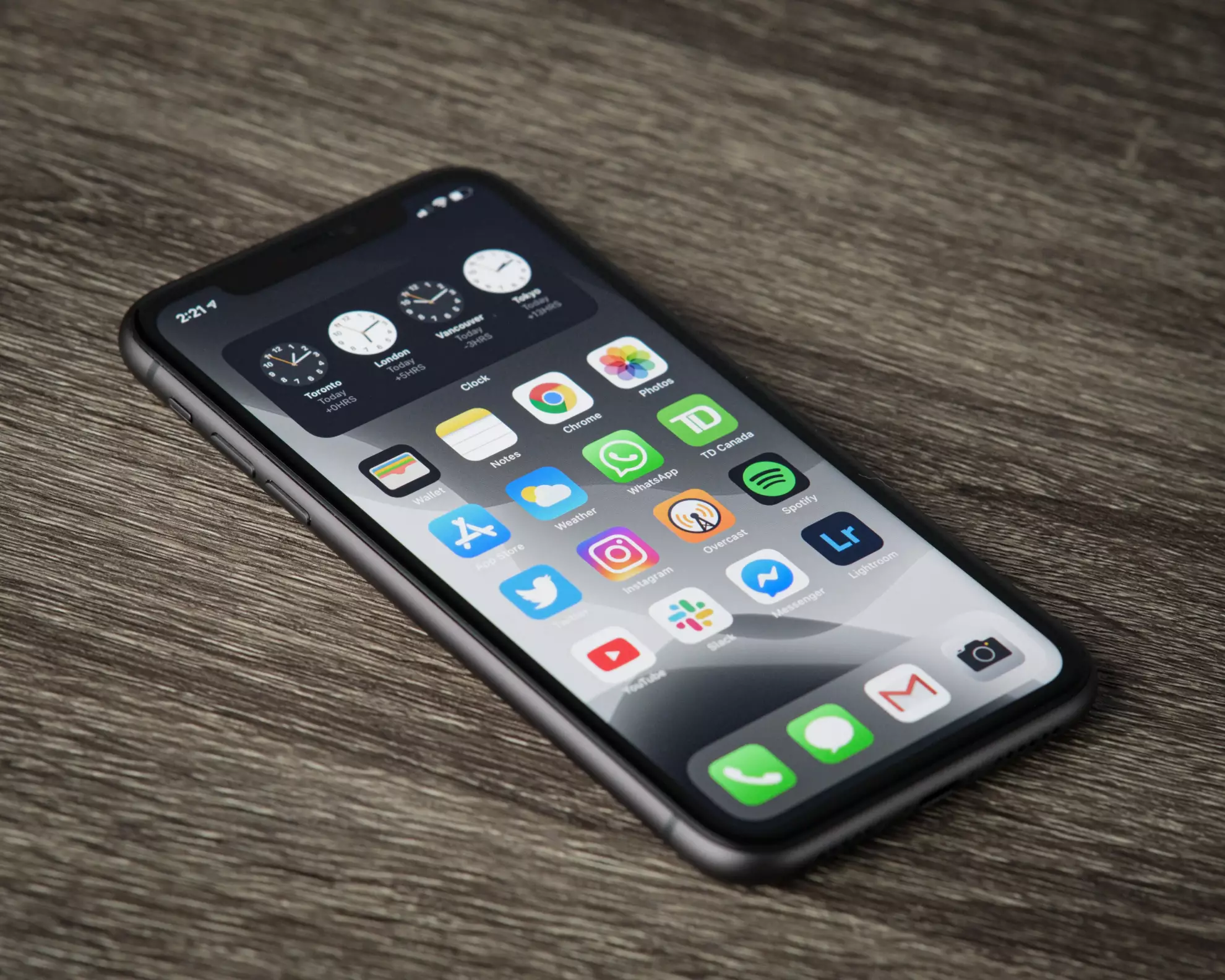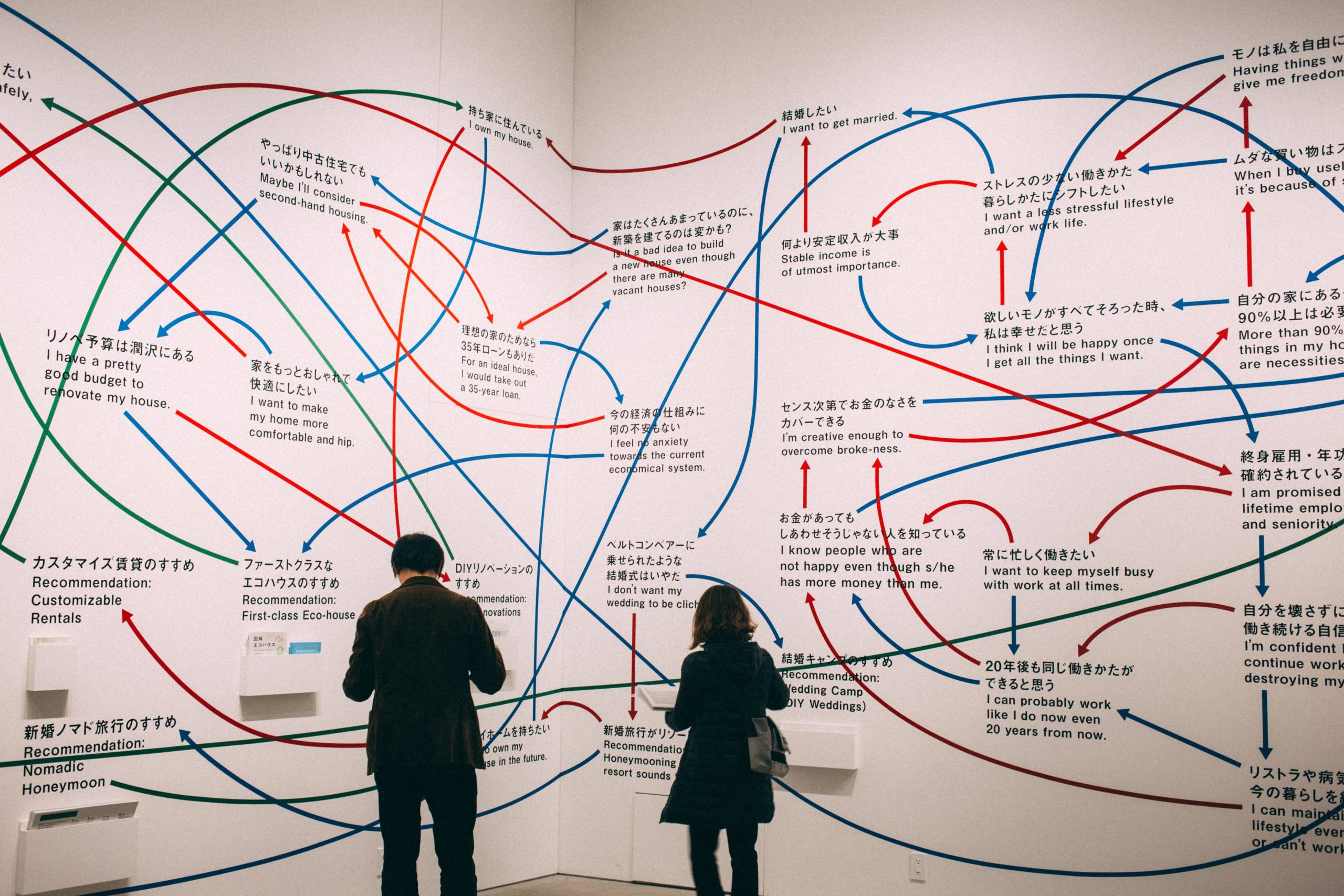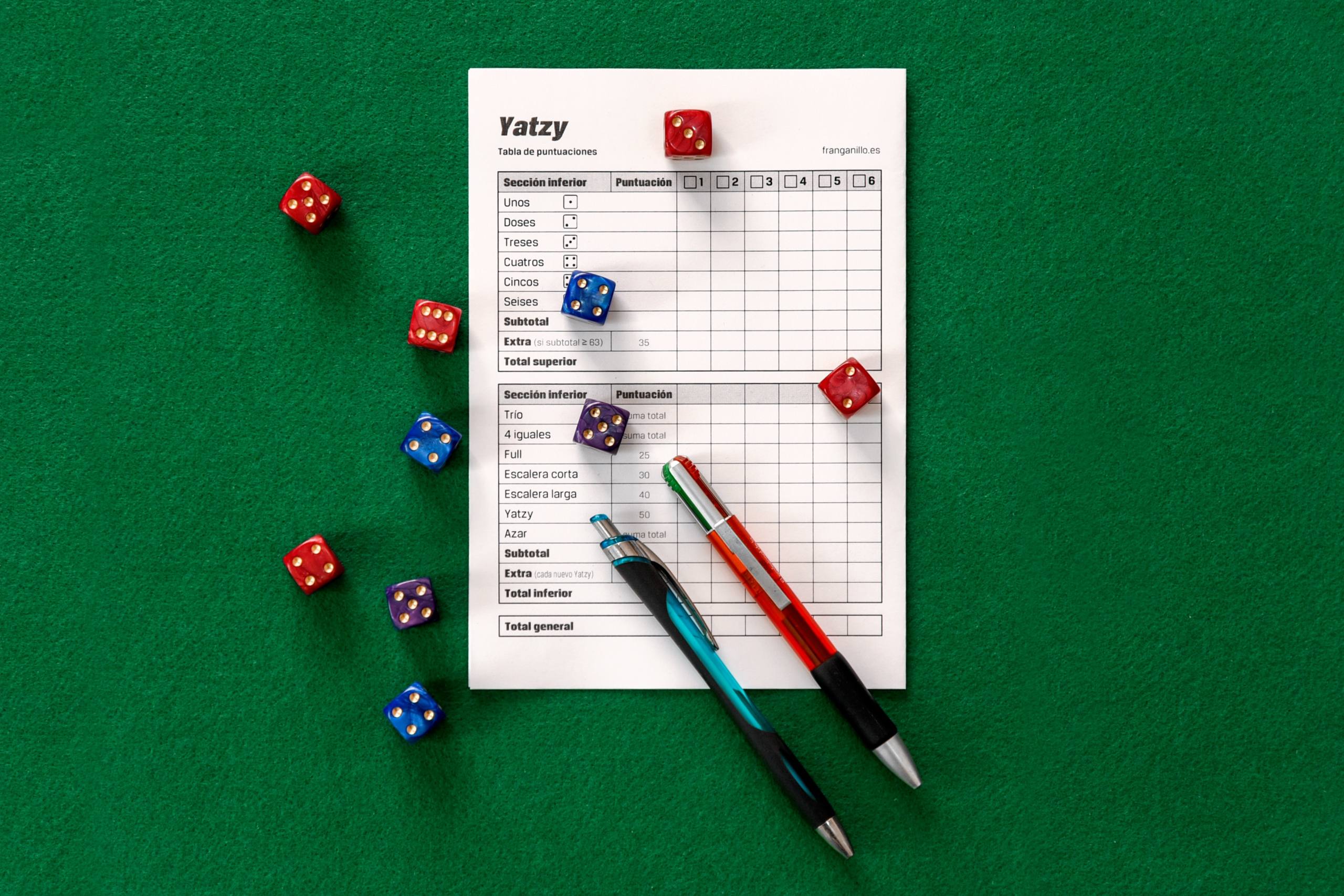Reading Time : 0 Mins
Exploratory Testing – The Underrated Boon To Agile
In the era of product testing, people prefer to test their product through manual testing or automate them. Either way, when things are done in a structure, there are chances that we might miss some bugs or it may take a lot of time to figure out that one defect.
When it comes to ad-hoc testing we have come across complaints that it requires expertise on the subject, it’s not structured and it cannot be measured. This is precisely where exploratory testing comes into the picture. This type of testing is highly unstructured and ad-hoc in nature. Tester has the freedom to test the functionality rather than dictating them with how it needs to be tested.
Skills needed for exploratory testing
Exploratory testing is more of a skill-based testing than a role-based testing as people assume. Some of the skills like questioning, observation, critical & lateral thinking will help an exploratory tester explore better. The ability to think beyond just a one-sentence requirement and related test steps is part of the inherent skill which is a core need for exploratory testers.
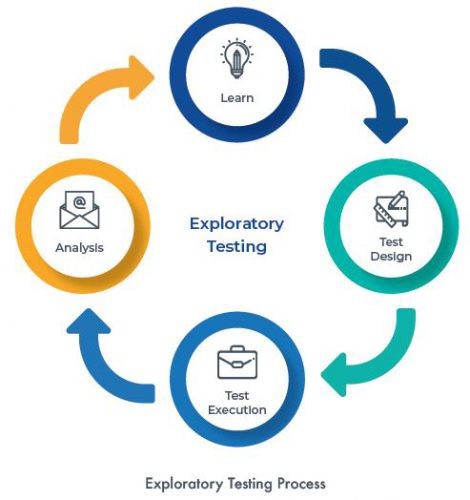
Best practices in exploratory testing
Some of the best practices during exploratory testing are to define test charters, test design heuristics, and time boxing. These techniques will put some general guidelines around the testing being done and it gives a structure to define its success.
Test charters
Test charters are mainly used to manage the scope of the exploratory testing. It helps the testers to keep track of sessions without being the despot. It can look something like this.
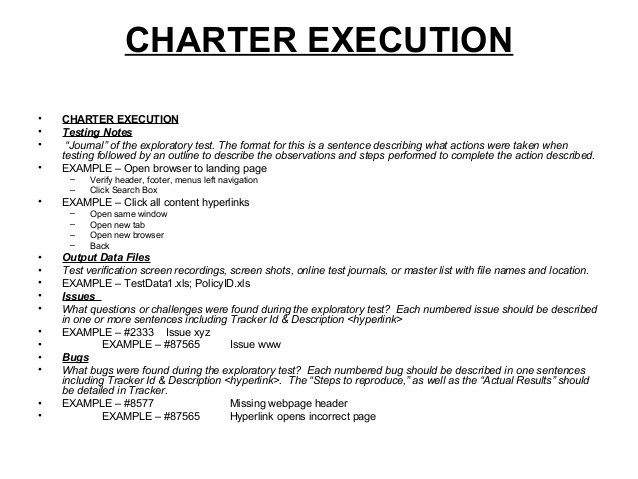
As the exploratory testing session progresses, the charter should be updated to document observations or issues the team comes across which can be used for further testing.
Timeboxing
Exploratory test sessions can be limited to a set timescale, a practice also known as time boxing. This will be a focused test effort of fixed duration. This can help concentrate on the project’s specific goals and scope, rather than drift into unfocused exploration.
Measuring efficiency of exploratory testing
The efficiency of the exploratory testing can be measured by the time spent on the following:
- Test design and execution ( T )
- Defect investigation & reporting ( D )
- Configuration ( C )
Analyze on the basis of the following criteria:
- More of ‘T’ indicates great code but might also mean poor defect identifying skills.
- More of ‘D’ might mean poor code quality but also suggest inefficient test reporting.
- More of ‘C’ reflects configuration and testability issues but it can also mean the system is not ready to test yet.
The above method of measure learned from other practitioners is very helpful in calculating efficiency.
How exploratory testing will add value?
The value of exploratory testing over other testing methods is
- Identifies complex defects in a system earlier
- Facilitates experimentation, discovery, and learning
- Creates engagement by enabling people to use their minds
- Provides user-oriented feedback to developers and business analysts
Conclusion
Exploratory testing if done in a proper way improves the quality of the particular functionality or to the entire product. Let’s explore session based testing in juxtaposition to exploratory testing in my next article.
Looking for an experienced agile testing service provider to transition into your delivery cycle seamlessly? Drop us a line to get expert advice from Zuci’s QA experts.

An INFJ personality wielding brevity in speech and writing. Marketer @ Zucisystems.
Share This Blog, Choose Your Platform!
Related Posts













